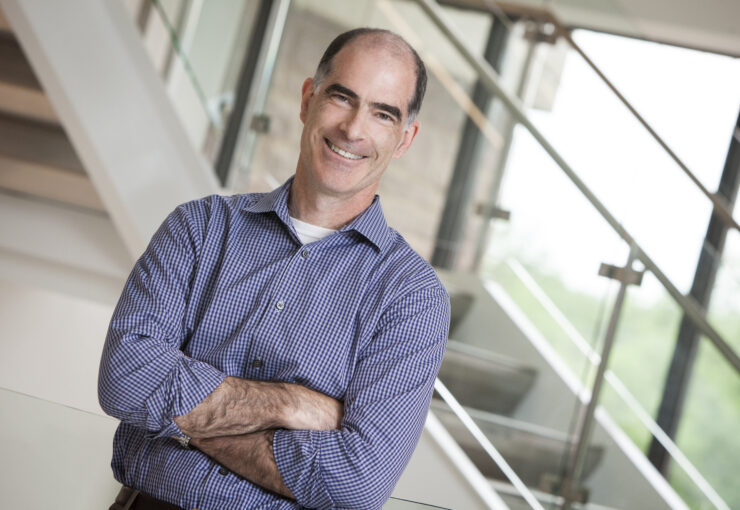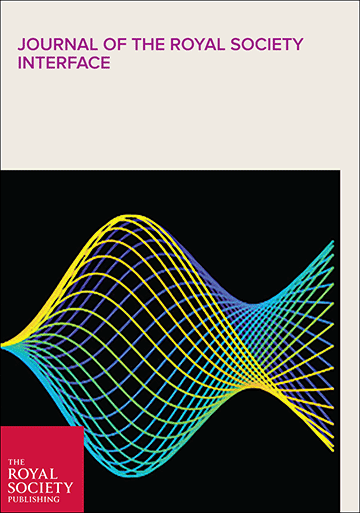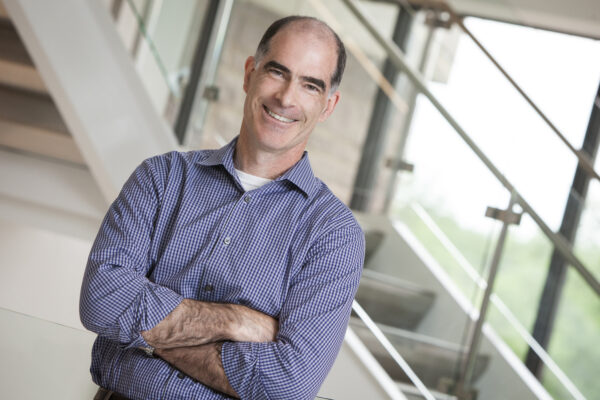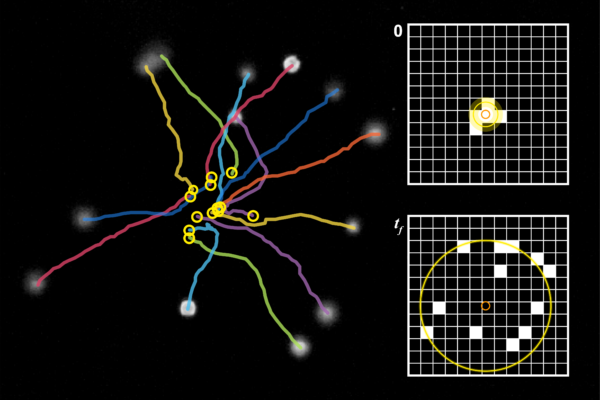
Cilia are tiny, hair-like structures on cells throughout our bodies that beat rhythmically to serve a variety of functions when they are working properly, including circulating cerebrospinal fluid in brains and transporting eggs in fallopian tubes.
Defective cilia can lead to disorders including situs inversus — a condition where a person’s organs develop on the side opposite of where they usually are.
Researchers know about many of cilia’s roles, but not exactly how they beat in the first place. This knowledge would be a step toward better understanding, and ultimately being able to treat, cilia-related diseases.

A team of McKelvey School of Engineering researchers at Washington University in St. Louis, led by Louis Woodhams, senior lecturer, and Philip V. Bayly, the Lee Hunter Distinguished Professor and chair of the Department of Mechanical Engineering & Materials Science, have developed a mathematical model of the cilium in which beating arises from a mechanical instability due to steady forces generated by the cilium motor protein, dynein.
Results of the research appeared on the cover of the August issue of Journal of the Royal Society Interface.
Bayly’s lab has been working with cilia as a model to study vibration, wave motion and instability in mechanical and biomedical systems. As intricate nanomachines in their own right, cilia could inspire similarly propelled machines that can do useful tasks on the tiniest scales, maybe even for chemical sensing or drug delivery in the human body.
The new model will allow the team to explore what happens when the motor protein exerts different forces, or when internal structures are more or less stiff, as a result of genetic or environmental factors.
Read more on the engineering website.
This research was supported with funding from the National Science Foundation (CMMI-1633971 and the Children’s Discovery Institute).
The McKelvey School of Engineering at Washington University in St. Louis promotes independent inquiry and education with an emphasis on scientific excellence, innovation and collaboration without boundaries. McKelvey Engineering has top-ranked research and graduate programs across departments, particularly in biomedical engineering, environmental engineering and computing, and has one of the most selective undergraduate programs in the country. With 140 full-time faculty, 1,387 undergraduate students, 1,448 graduate students and 21,000 living alumni, we are working to solve some of society’s greatest challenges; to prepare students to become leaders and innovate throughout their careers; and to be a catalyst of economic development for the St. Louis region and beyond.


